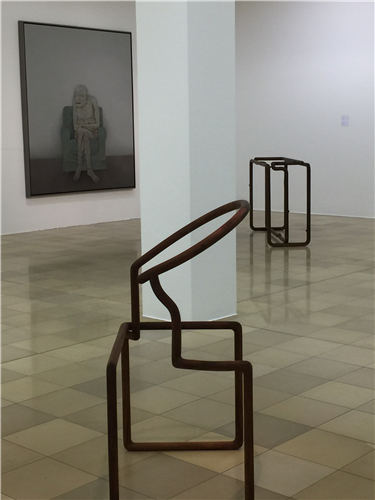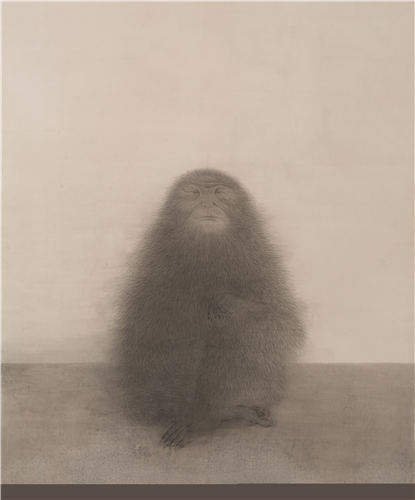 |
|
[Photo provided to China Daily] |
On one hand, the monkey symbolizes Shao's attitude of keeping his distance from the hustle and bustle of contemporary society. On the other hand, it conveys a view of eternity that embraces the ageing process and the calmness it brings, while gently contrasting this with the eternal pursuit of youthfulness through cosmetic surgery.
Old objects - with their refreshing, tranquil quality - form an important part of Shao's life. Besides the antiques he uses to decorate his home, Shao also keeps a large curved trunk of a camphor tree which he "saved" years ago from being sawed into pieces at a Beijing furniture workshop. And the centuries-old furniture in his collection have inspired him to create chair-shaped installations reminiscence of the purity and elegance of Ming Dynasty (1368-1644) furniture.
 |
|
[Photo provided to China Daily] |
Although Shao's interests mainly revolve around his cultural roots, people often misunderstand his work as a call to return to the past - or a refusal to acknowledge the present.
But what Shao conveys is a serious consideration of both the past and the present, to allow him to envision the future, according to German art curator and historian Ruth Noack in an article in 2016. "Someone is doing this by painting rabbits. And through his ink paintings, we can do it too," she wrote.